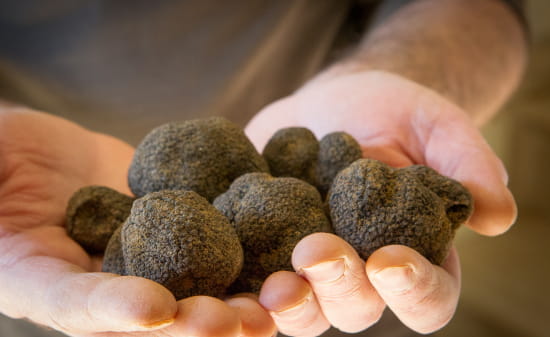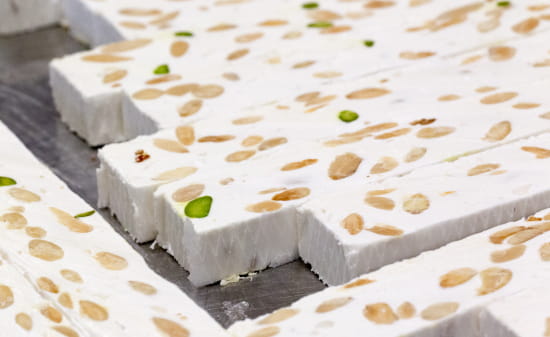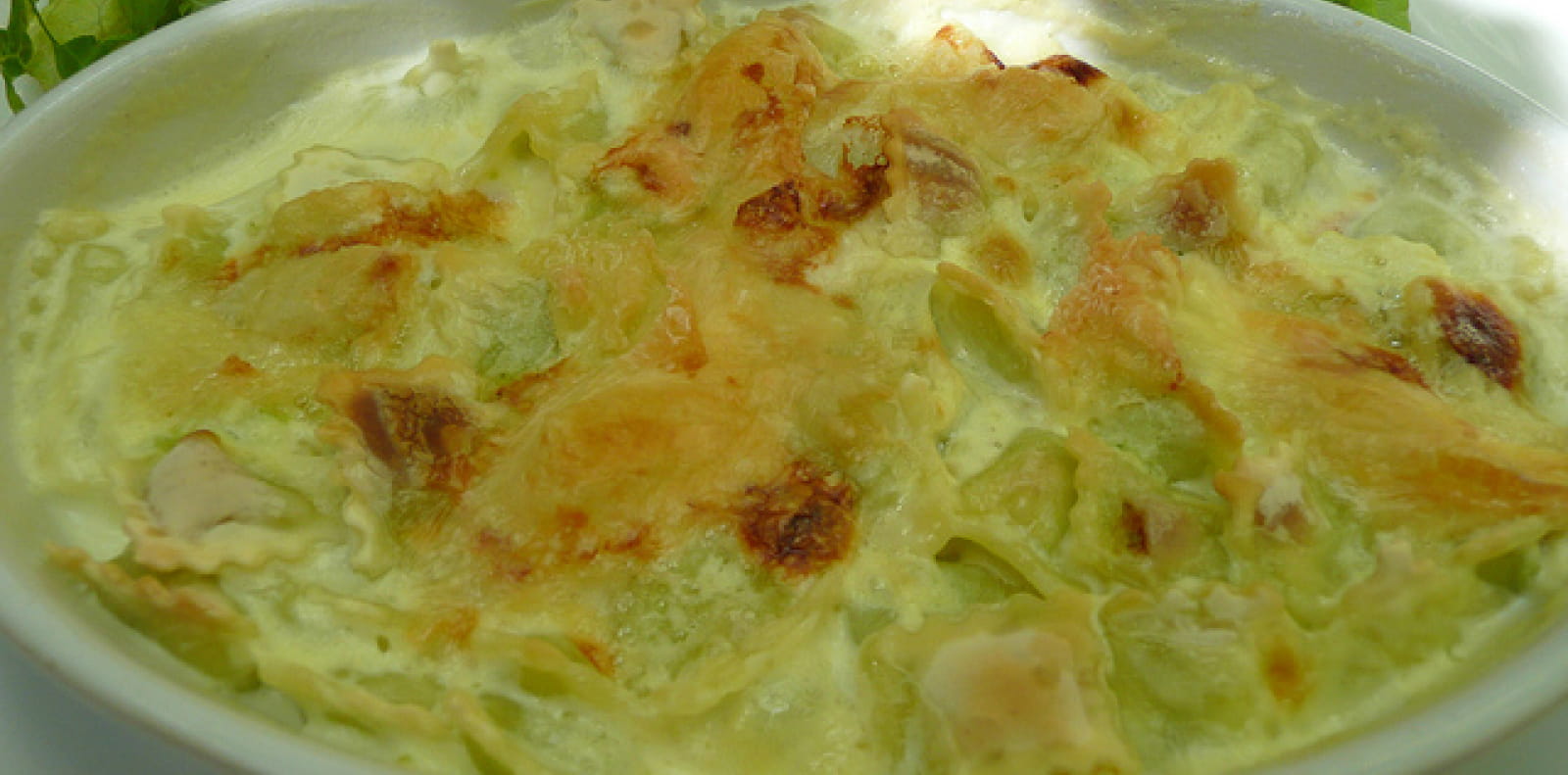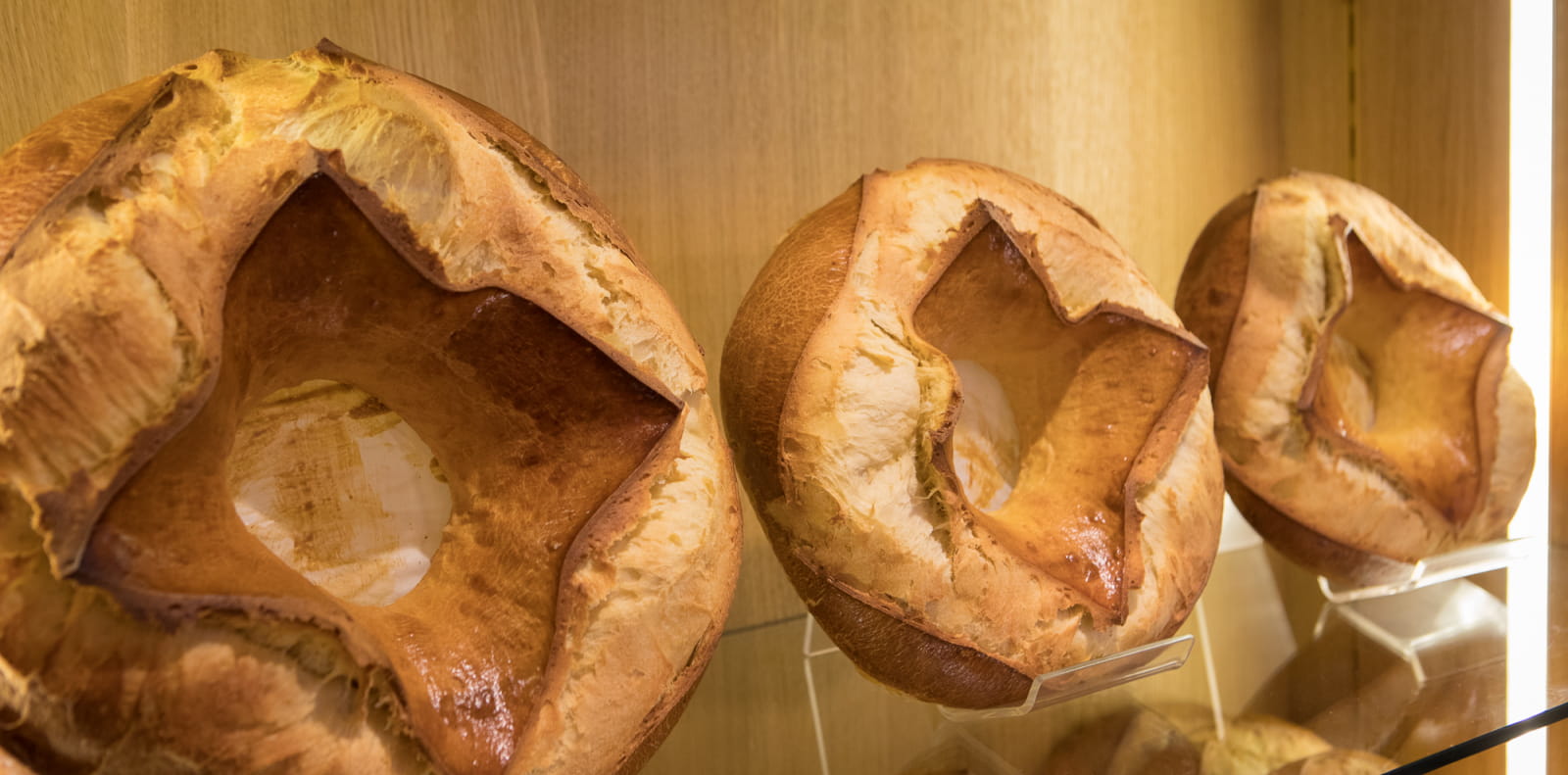The specialities of the Drôme
May the taste bud celebrations begin: nougat from Montélimar, olives and olive oil from Nyons, truffles but also : pintadeau, picodon, raviole du Dauphiné, Pogne de Romans, Suisse from Valence, blue cheese from Vercors-Sassenage, petit épeautre de Haute Provence, noix du Royans – to be consumed with no regard to moderation.
The wines of the Drôme
L. Pascale - Drôme Attractivité

Black truffle of the drome
Harvested in the Tricastin, the Val de Drôme or the Coteaux de Romans, the black truffle of the Drôme, the Mélanosporum, is noteworthy for its strong and wild aroma; this is the black diamond. A precious ingredient, it transforms all food recipes.
The Tricastin, 1st truffle growing area in France, covers 68 communes in the Drôme and 15 communes in the Papal Enclave. The Tricastin black truffle, the Mélanosporum, represents 60% of national production. This prestigious « black diamond », formerly much eaten, has today become rare and and enjoys the status of a refined delicacy to be found at the best tables or tasted at source on the truffle farm. Its very specific characteristics have rendered it a unique and mysterious product: an underground existence, a black unevenly spread colour, a woody aroma and a powerful taste.
This fungus seems to have found, in the Drôme, the right conditions to come to life and grow naturally, requiring: a tree, preferably an oak tree, called the ‘truffle oak’, a sufficiently calcareous soil and, finally, a Mediterranean type climate.
The harvest or « cavage » of the black truffle takes place over the winter. The harvest is carried out using a specially trained truffle dog. The dog indicates the presence of truffles by scratching the soil. With a ‘fouji’ (a hook-shaped tool) the truffle grower lifts the truffle.
Please note : Saint-Paul-Trois-Châteaux has obtained the ‘Site remarquable du goût’ distinction for the ‘Truffières du Tricastin’ (truffle grounds).
L. Pascale - Drôme Attractivité

Nougat de Montélimar
With the appearance of paid holidays and major holiday departures episodes, there was a time at Montélimar, where nougat was sold by street sellers in the traffic jams of the N7 highway. Today, with the presence of the autoroute du Sud, this tradition has died. Yet craftsmen and craftswomen still use a cauldron and up to 13 hours of cooking time to make the « Nougat de Montélimar » appellation product, cleverly dosed with 28 % almonds, 2 % pistache and 25 % lavender honey.
LPascale-ladrometourisme

Olives and olive oil
The Nyons olive (AOC-AOP), of the Tanche variety is the only olive to benefit from ‘origine contrôlée’ status. The olive is harvested ripe and hence black between November and January. The largest calibre black olives are destined to be eaten whilst the smallest are used in oil production.
Nyons olive oil (AOC – AOP), the first in France to achieve AOC status, is a ‘pure fruit juice’ which is a guarantee of its quality.
Tapenade, based on Nyons black olives is also called ‘provençal caviar’. It’s an olive paste aromatised with herbs and capers. The paste is used as much on toast for aperitifs as a mustard substitute.
‘L’Oliveraie de Nyons’ (olive groves) is listed as a ‘Site remarquable du goût’ (taste award).
Founded in 1923, Vignolis, the Nyons olive and wine cooperative today includes around 1100 growers. With 600 hectares under olive trees and producing olive oil and the Nyons AOP black olive, it is the leader in the « Olive de Nyons » appellation. At the heart of Nyons, next to the cooperative, the ‘Espace Vignolis‘ dedicates its 1500m2 to sales, tourism and culture: an unmissable visit opportunity to find out all about this fabulous ‘black pearl’.
Awaiting your discovery, the new «empreinte d’exception» logo of Nyonsolive – for products associated with a long history of skills and an ingedient with a unique taste, the Nyons black olive.

Salted menu
- La Raviole du Dauphiné – IGP : They’re tiny little squares of fresh pasta made with tender wheat flour, stuffed with a mix of Comté cheese, fromage blanc,eggs, parsley, butter and salt. You don’t need to be a great chef to cook them! All you do is pop them into some boiling water, and after two minutes, they rise to the surface, signalling that they’re ready. Dauphiné ravioli make amazingly delicious fast food. If you want to make them fancier, fry them quickly and serve them with a green salad, plus some walnuts, or even walnut wine. Today, the region’s ravioli makers are competing to attract customers with further fillings, marketing snail ravioli, and even chocolate-filled ones. Please note that our Dauphiné ravioli have gained the A.O. status, recognizing their quality and the local knowhow in their creation, but they will never have AOP recognition because some of the cheese used in their making doesn’t come from the immediate area of production. However, they have also won the prestigious Label rouge, and, since 2009, IGP status. One maker, SAINT JEAN, dominates the market, accounting for some 92% of total production. Among the smaller-scale makers you’ll find the likes of La Mère Maury (www.raviolesmeremaury.com). 🥘
- Le Picodon de la Drôme – AOP : The amusing name ‘picodon’ refers to the very tasty little round goat’s cheeses produced in the Drôme. At Saoû, every July, the Fête du Picodon brings together lots of goats, along with their cheese sellers. You’ll learn that ‘pico’ is a regional term for something that pricks lightly, in this case the tangy cheese on the tongue. Picodons are dried and aged for at least 12 days, taking on fruity tones. If left to age over a month and ‘washed’ several times, then they’ve been through the ‘méthode Dieulefit’! Try picodons either creamy and fresh, or drier and stronger, macerated in olive oil, or maybe rolled in herbs. All of them have AOP status. 🐐
- Le Bleu du Vercors-Sassenage AOP : As well as all those goats and sheep, there are some herds of cows that graze around the Vercors. Some of the farms in glorious mountain settings here are very proud of their special blue cow’s cheese, made in the shape of a small haystack, carrying the Vercors-Sassenage AOP label. The texture is soft and unctuous, and you may notice hints of hazelnuts in the taste. During the Fête du Bleu, crowds come to see how this local cow’s milk speciality is made. And they applaud when the latest golden beauty is awarded a rosette for its outstanding qualities! It all makes for a merry gathering. 🐄
- The young-guinea-fowl from the Drôme – IGP : The history of the Drôme guineafowl is said to lie in antiquity in the days of Hannibal. During his expedition against Rome, the
renowned Carthaginian general was accompanied, not only by elephants to help him cross the Alps, but also by some guineafowl escaped on the road. Today the Drôme guinea fowl has an IGP and a Red Label. The outdoor rearing (marketing from 13 weeks) gives a firm flesh, colorful and very tasty. 🦃 - Drôme garlic- IGP since 2008. also exists in organic : Drôme garlic is a widely consumed garlic whose characteristics are closely anchored to its production area. The quantity of sunshine and wind in the Drôme lend Drôme garlic its fresh tasting and slightly sweet qualities. Of a large calibre, this is a white garlic which can feature violet flames. 🧄
- After white or violet garlic… we now have black garlic ! This is a new product (or transformation) offered by the Boutarin family: a black garlic confit, which is going to make
people who don’t like garlic change their minds. The ‘recipe’ comes from Japan, but it was in England that it came to light. Whereas Stéphane looks after the growing, it’s Fanny who transforms white garlic using a process which she has perfected with great attention to detail. Sugary and liquorice tastes emanate and much ‘umani’ (the 5th Japanese flavour, synonymous with delicious !). These garlic flavours have already caught the attention of both prominent restaurants and specialist grocers. - Einkorn wheat from Haute-Provence – IGP : Consumed in large quantities until the Roman period, then abandoned in favour of higher yielding wheat, Einkorn was only rediscovered by the public at large around fifteen years ago. This is a rustic plant, grown on poor soils in harsh climatic conditions and requires no pesticides, weed killers and very
little water. The production zone is mainly located in the Baronnies. The low gluten content of Einkorn wheat means that it can be more readily digested by those who are gluten
intolerant. Furthermore, it is one of the rare cereals, together with quinoa and amaranth, which contain 8EAA (essential amino acids). 🍚

Sweet-tooth menu
- The Pogne de Romans : an egg brioche perfumed with orange flower and rum. Its origin lies in the Middle Ages: at major feast days people gathered a few handfulls of wheat flour which,once kneaded, produced a biscuit called a « Poignie ». One day a baker kneaded the flour with eggs, butter, sugar and aromatised the dough. On that day the Pogne de Romans was born. 🍞
- Le Suisse : its history it worth recounting. At the end of the 18th century, general Bonaparte exiled Pope Pius VI to Valence where the latter died. In the course of the procession of the papal Swiss guard, a baker’s wife had the idea of making a biscuit in the form of the dress uniform of the soldiers. Since then, you can find this little figure made with short crust pastry and orange peel, buttoned up with Corinth raisins, behind every window.
- Chocolate : Official provider to the greatest chefs and the best pâtissiers, the Chocolaterie Valrhona, at Tain- l’Hermitage is also the first to have produced the ‘Grands Crus de chocolat’ in submitting its products to the same sort of scrutiny as the wines of the same distinction. A not to be missed gourmet and sensorial experience: a visit to the ‘Cité du chocolat’. 🍫
- Fruits : Towards the end of March, the slopes around the Rhône Valley suddenly take on vivid deep pink tones. As the months progress, the peaches and nectarines (awarded Label Rouge status) grow in size on the trees. The branches begin to groan under their weight, and to bend, as though to help with the picking. You’ll then find the wonderful fruit in the shops and markets across the Drôme. They are deliciously scented, soft to the touch when ripe and they melt in the mouth when eaten. The apricots of the Drôme burst with juice once ready too; try the various varieties, such as Bergeron, from more northerly parts, or Orangé de Provence, from further south. Alongside these, you’ll also find delicious apples, pears, kiwis and red fruit produced in the Drôme. 🍈🍎🍏🍐🍑🍒🍓🍅
- AOP Grenoble wallnuts : The first type of nut to win AOP status (since 1938), with 3 varieties Franquette, Mayette and Parisienne. There are some 200 producers in the Drôme,
also making their own walnut oil and walnut wine. 🥜






























